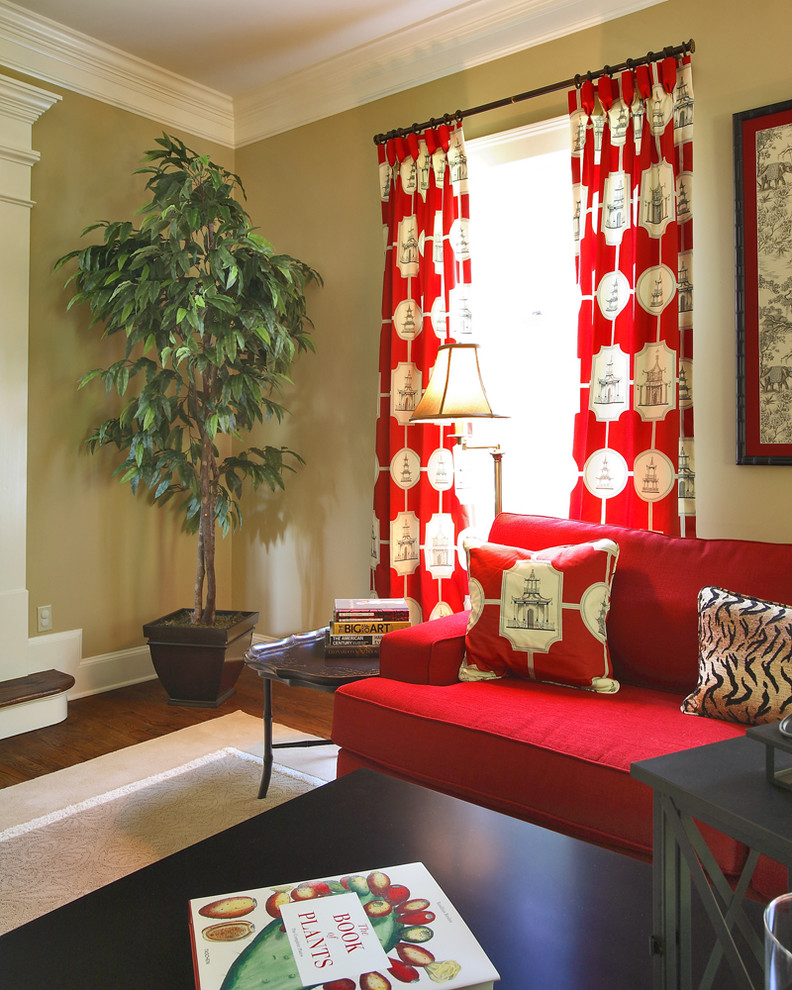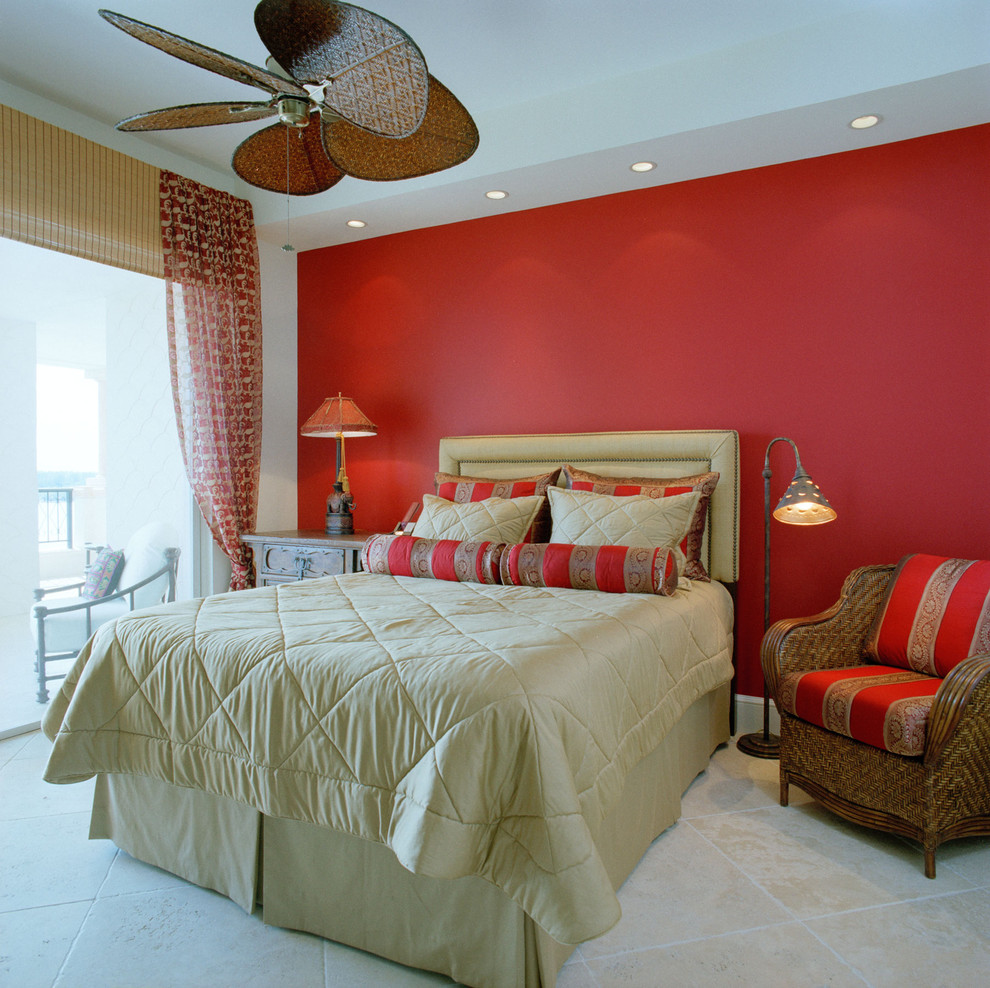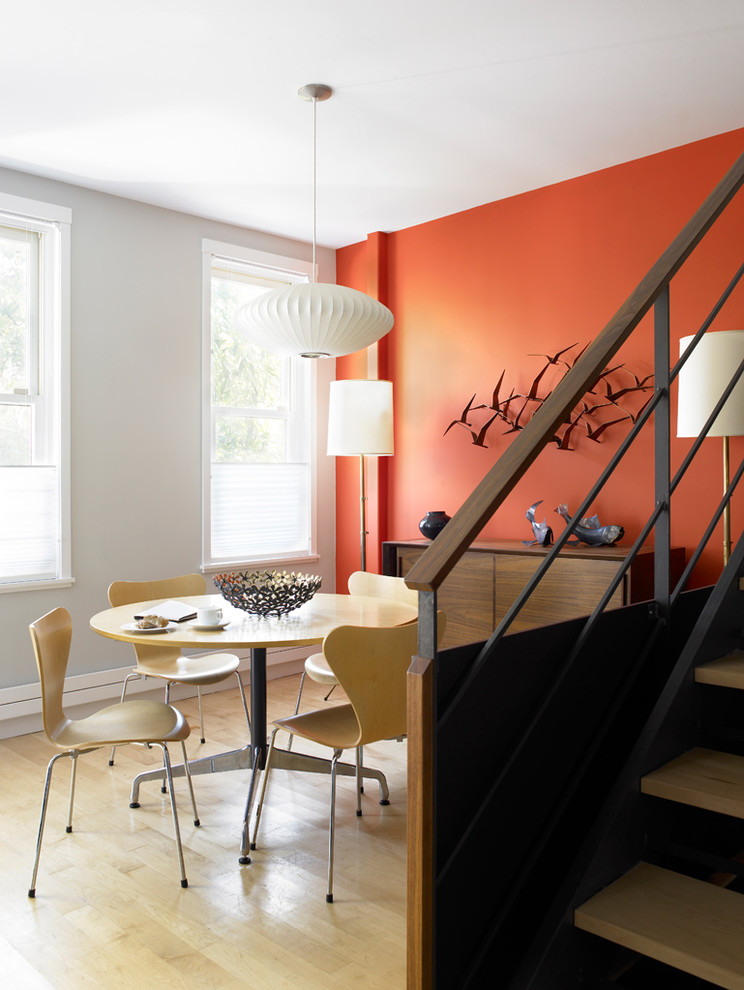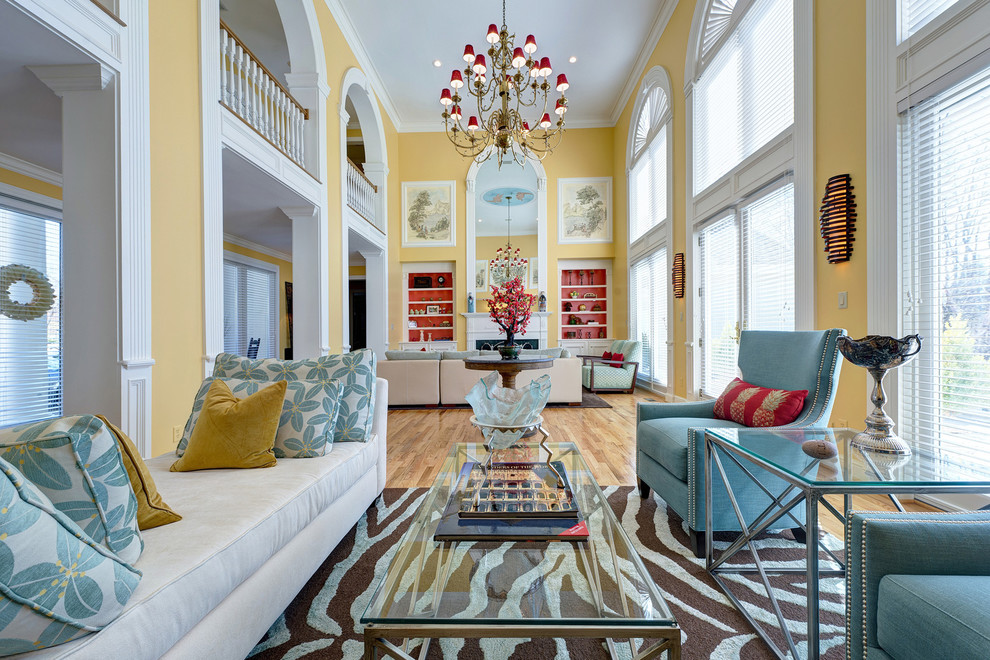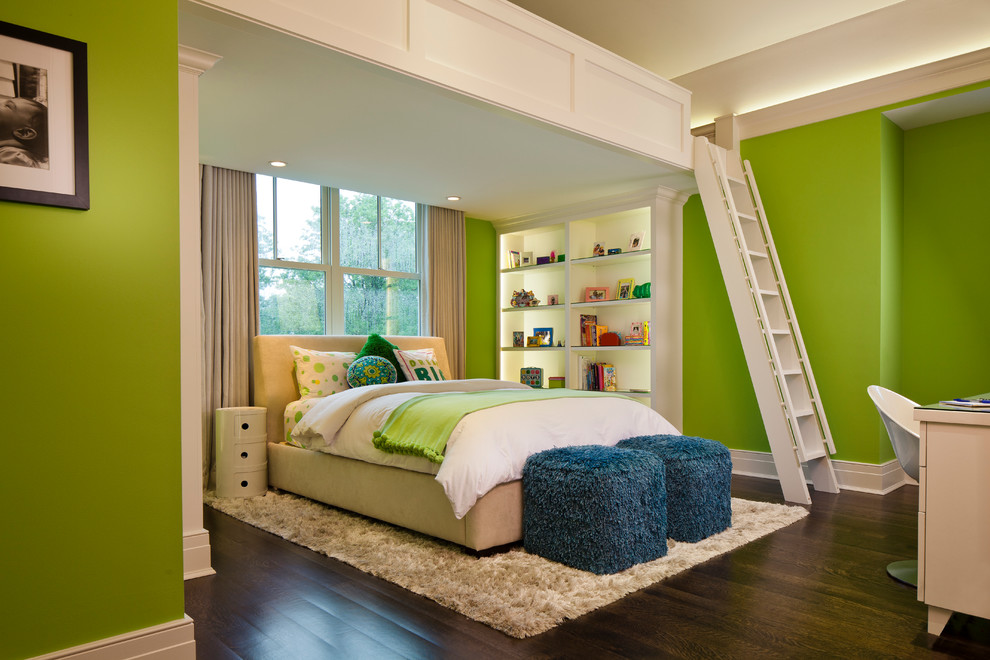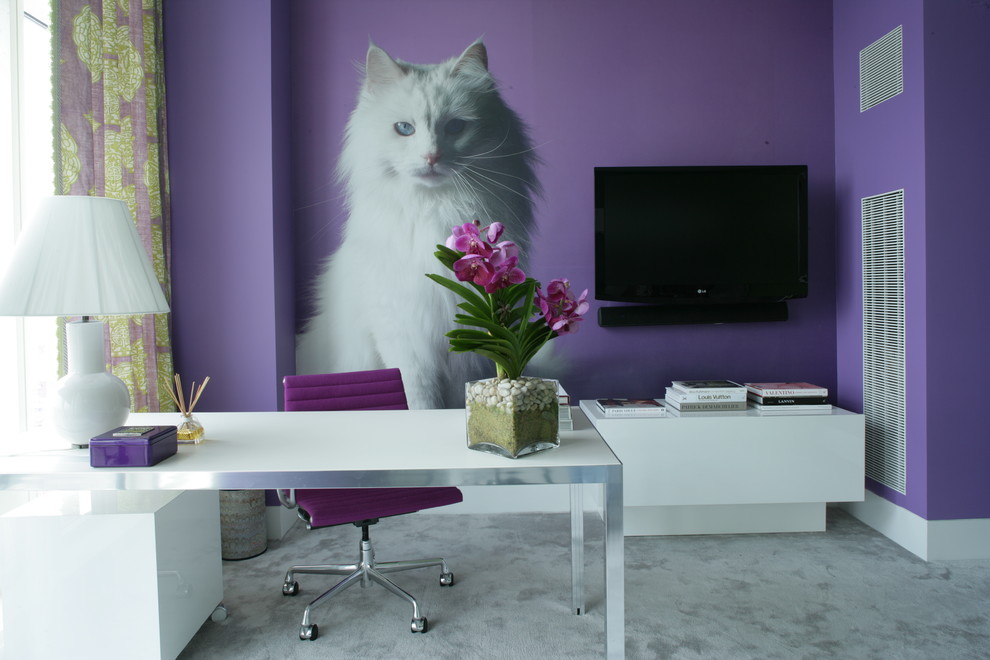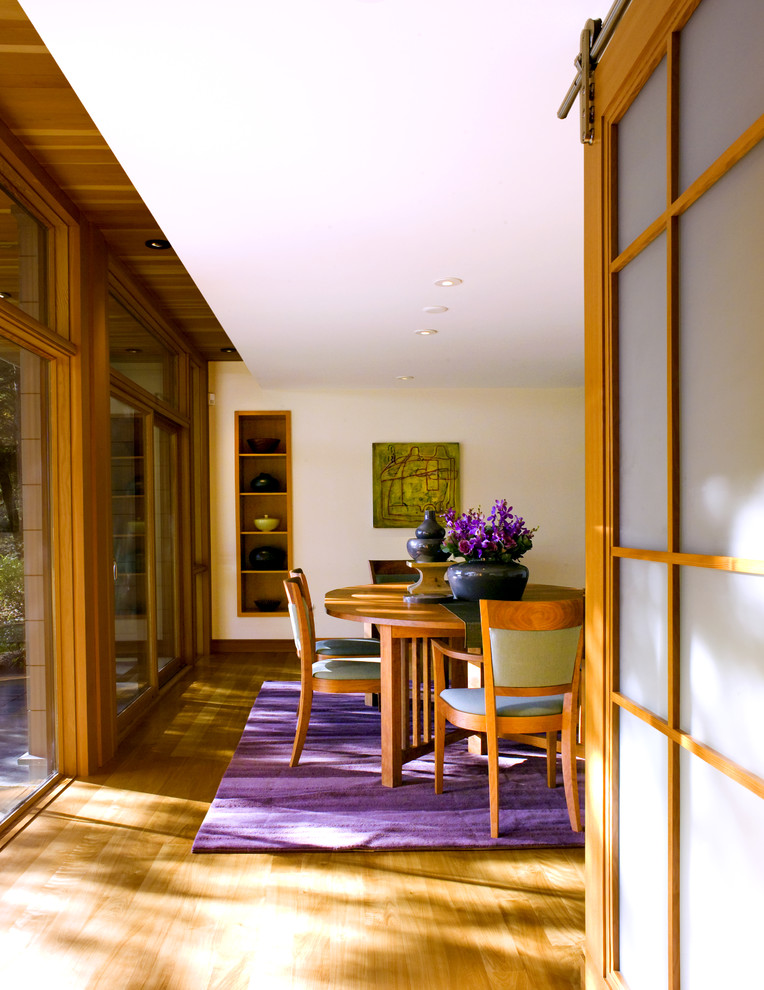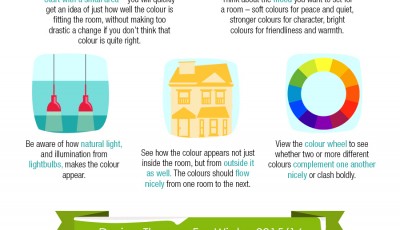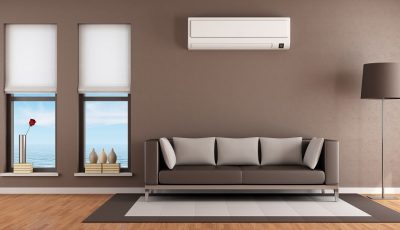Set the Mood with the Right Colour Scheme
When it comes to decorating your home, it can be difficult knowing where to start! After all, you might want a harmonious and carefully put-together feel to the various rooms in your home, not just your favourite colours splashed around the house. If you’re thinking of painting your walls or redecorating in some way, it’s easy to focus solely on what you think looks good. What if you knew that colours could actually affect your mood, without even realising?
Colour has the power to evoke a particular mood, from energising us to calming us down. Some have even been said to stimulate your appetite! Colour can be an effective way to convey personality and emotion, and getting it wrong could have a huge impact.
Photo by Susan Lachance Interior Design
Playing a role in how that room feels, and how you feel in the room, is largely down to the colour scheme. So, if you’re hoping to learn more about what effect colour has on interior design, The Rug Seller offers an insight to help you get it right.
Red rooms
Red has been shown to raise the energy levels of a room; thanks to its intensity, it can get the adrenaline pumping! Often associated with power and energy, red draws our eye in so you don’t even have to use a lot of it if you don’t want!
The colour red is associated with a lot of different feelings, but all of them strong. Signalling courage and ambition, it can evoke a sense of alertness. While it’s definitely one of the more aggressive colours on the spectrum, there are so many different shades to choose from.
Often dubbed as an exciting colour, it’s great for the living area in order to encourage conversation. For this reason, red doesn’t work well in the bedroom; a room that needs a much calmer approach to its design. Darker shades of red combined with dim lights can create a rich and sophisticated effect, while brighter reds should probably be used sparingly!
Photo by The Renovation Broker
Orange rooms
Shades of orange have often been associated with feelings of joy and warmth. It can be an incredibly welcoming colour, and can actually promote extrovert behaviour, so you may want to consider it for your living space or dining room.
Photo by CWB Architects
Orange is also commonly used in gyms because it can keep your energy levels high. However, orange can come in bright shades that could easily be overused. Too much orange and you could give guests a headache! Use carefully and effectively to achieve the desired effect.
Yellow rooms
One of the happiest colours on the spectrum, yellow is synonymous with sunshine. It’s often said to be the colour of upbeat and creative thinking, making you feel much more optimistic. Used in hallways, yellow can help to make a space feel bigger and more welcoming, while its uplifting qualities can work well in bathrooms and kitchens, making the room feel much cheerier.
Photo by S&K Interiors and Home Staging
However, you may want to invest in yellow accents before you paint a whole wall. Test the colour first in lampshades or cushions. Some counter-research has found that too much yellow can create irate feelings and even hyperactivity in children. Why not opt for a mellow lemon shade if you really want to incorporate this colour?
Photo by maison21
Green rooms
Green is known as a soothing colour for the eye, creating a refreshing feel for the room. Synonymous with nature, shades of green can evoke feelings of composure and restfulness; a perfect ambience for your living room.
Photo by Gacek Design Group, Inc.
Using green in your home can have a calming influence and symbolise balance and peace; very inviting for a house that sometimes feels very busy at times! If you’re not sure, why not just bring in some houseplants or a herb garden to give your home that pop of green that it’s missing?
Photo by H. Gary Frank Architects
Green has also been said to reduce stress, making it a popular colour for the bedroom as you unwind and relax after a long day. Be sure not to overdo it as it could make you feel lethargic in the long run!
Photo by Anthony Wilder Design/Build, Inc.
Blue rooms
Blue is one of the most soothing shades out there. It can have an incredibly calming effect on a room, but more so when you choose soft, pastel shades. It has even been proven to bring down blood pressure and heart rate. A serene colour, it’s most popular in bedrooms or bathrooms.
Choosing blue for your interior design can help to promote intuitive thinking and imagination. If you want something a bit more exciting, choose a warmer shade such as periwinkle or even cerulean. Blue is also very closely linked to intellect.
Photo by Austin Patterson Disston Architects
Purple rooms
The colour purple is closely associated with luxury and can have a dramatic effect on a room. Dark hues give off a sense of richness and sophistication; however, it could get overwhelming so consider using it in accents around the room. It can create a great visual effect, giving the room more depth.
Giving off even a romantic feel, deep purple can spark creativity. However, the lighter shades such as lavender and lilac are much more calming and can set a tranquil mood in a room. Associated with spirituality, purple can promote artistic ability.


